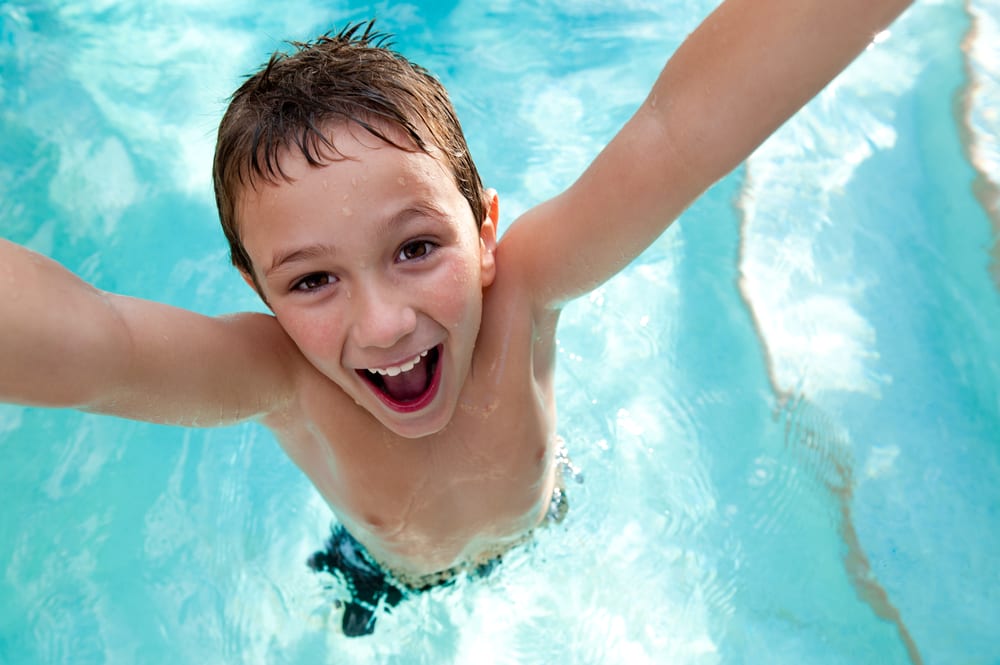Swim Safely to Avoid Disease
June 17, 2019

Officials with the Wyoming Department of Health (WDH) are warning people about diseases that can be caught when swimming in pools, lakes and other bodies of water or when drinking contaminated water.
Courtney Smith, WDH epidemiologist, says such diseases as cryptosporidiosis, giardiasis and shigellosis are each threats in the state connected to recreational water. Disease symptoms typically include diarrhea, stomach cramps, nausea and loss of appetite.
Smith noted many of the germs come from feces and only a small amount is required to make people sick. “Some of these germs are very tolerant of chlorine and may not be killed right away. Cryptosporidium, in particular, can survive for more than 10 days in chlorinated water,” she said.
“The germs causing these diseases also flourish in untreated water such as hot springs, lakes, rivers and streams,” Smith said. “So whether swimming or considering a drink during a hike, be aware of the risks. No one should drink untreated water even if it looks clear and clean.”
Smith advises people to take the following steps to protect themselves:
- Avoid swimming on days when experiencing diarrhea. Germs can spread into the water and make others sick.
- Don’t swallow swimming water and avoid getting water into the mouth.
- Practice good hygiene. Shower with soap for at least 1 minute before swimming and wash hands after using the toilet or changing diapers. Germs on the body can end up in the water.
- Don’t pee or poop in the water.
- Wash hands with soap and water after swimming and before eating.
Parents of young children should remember to:
- Wash children before swimming (especially their rear ends).
- Check diapers every 30–60 minutes. Change diapers in a bathroom or a diaper-changing area and not right by a pool or lake. Germs can spread in and around the places we swim.
- Take children to the bathroom every 30–60 minutes. Waiting to hear “I have to go,” may mean it’s too late.
For more information about healthy swimming, visit https://www.cdc.gov/healthywater/swimming/.
